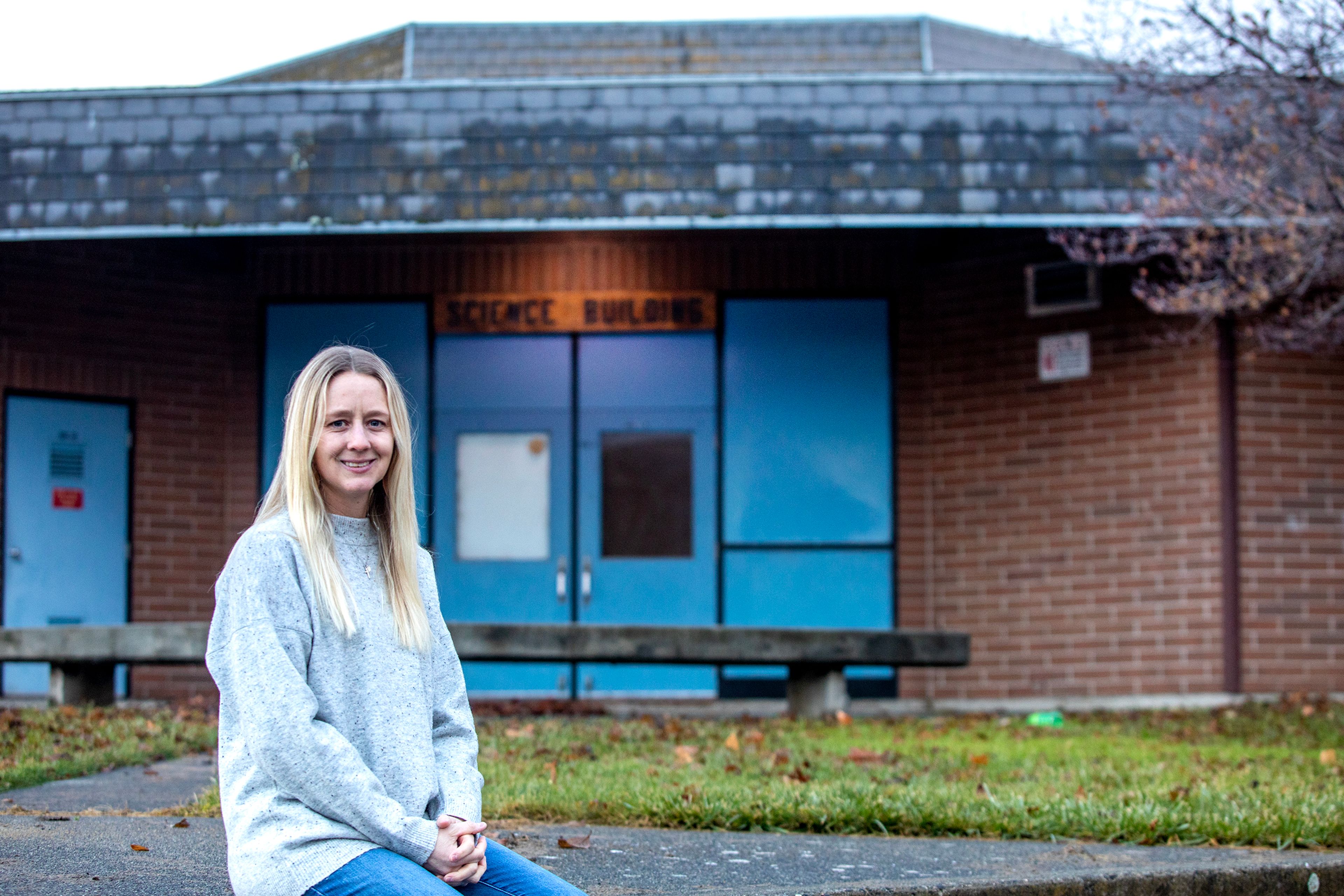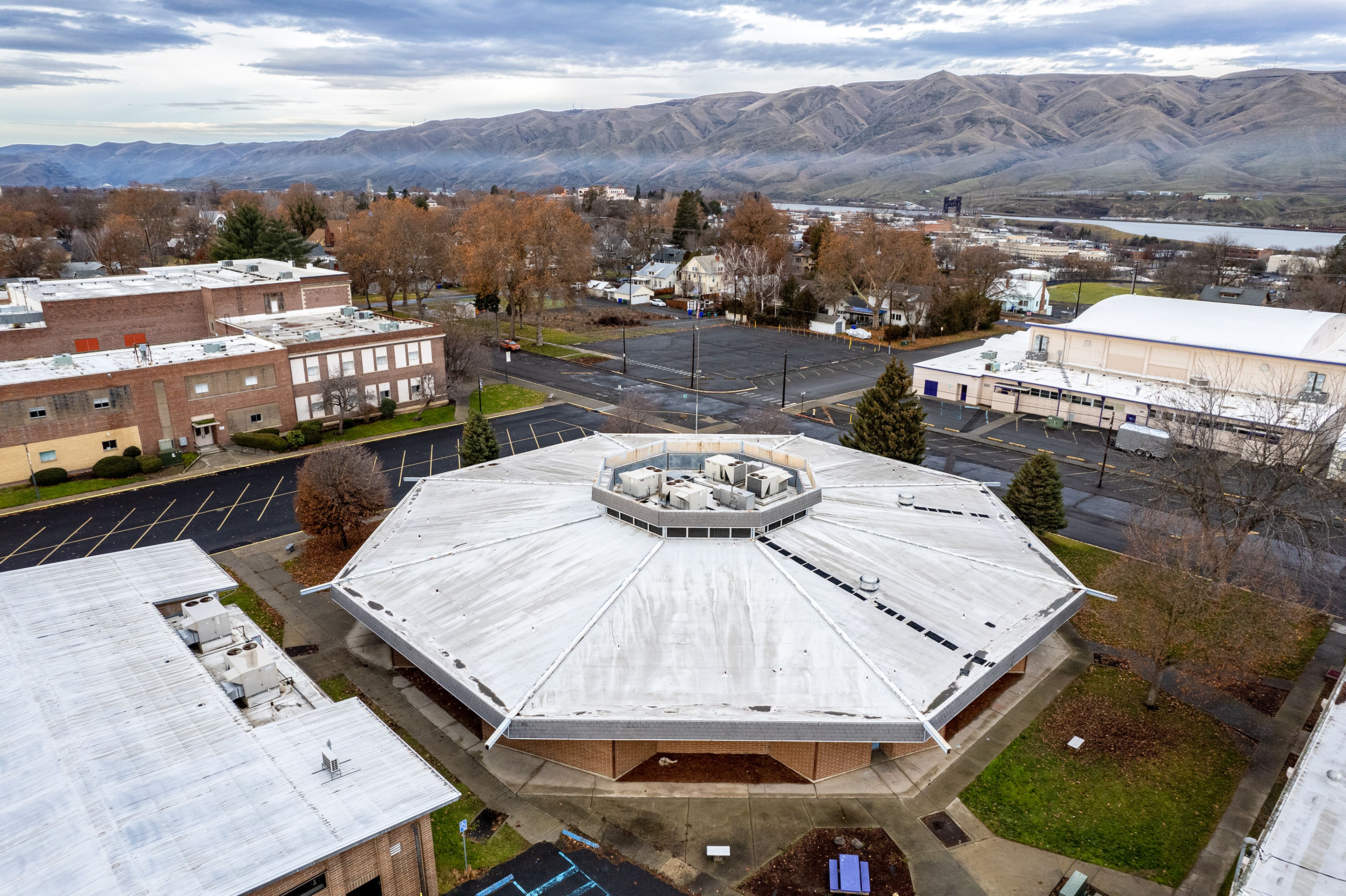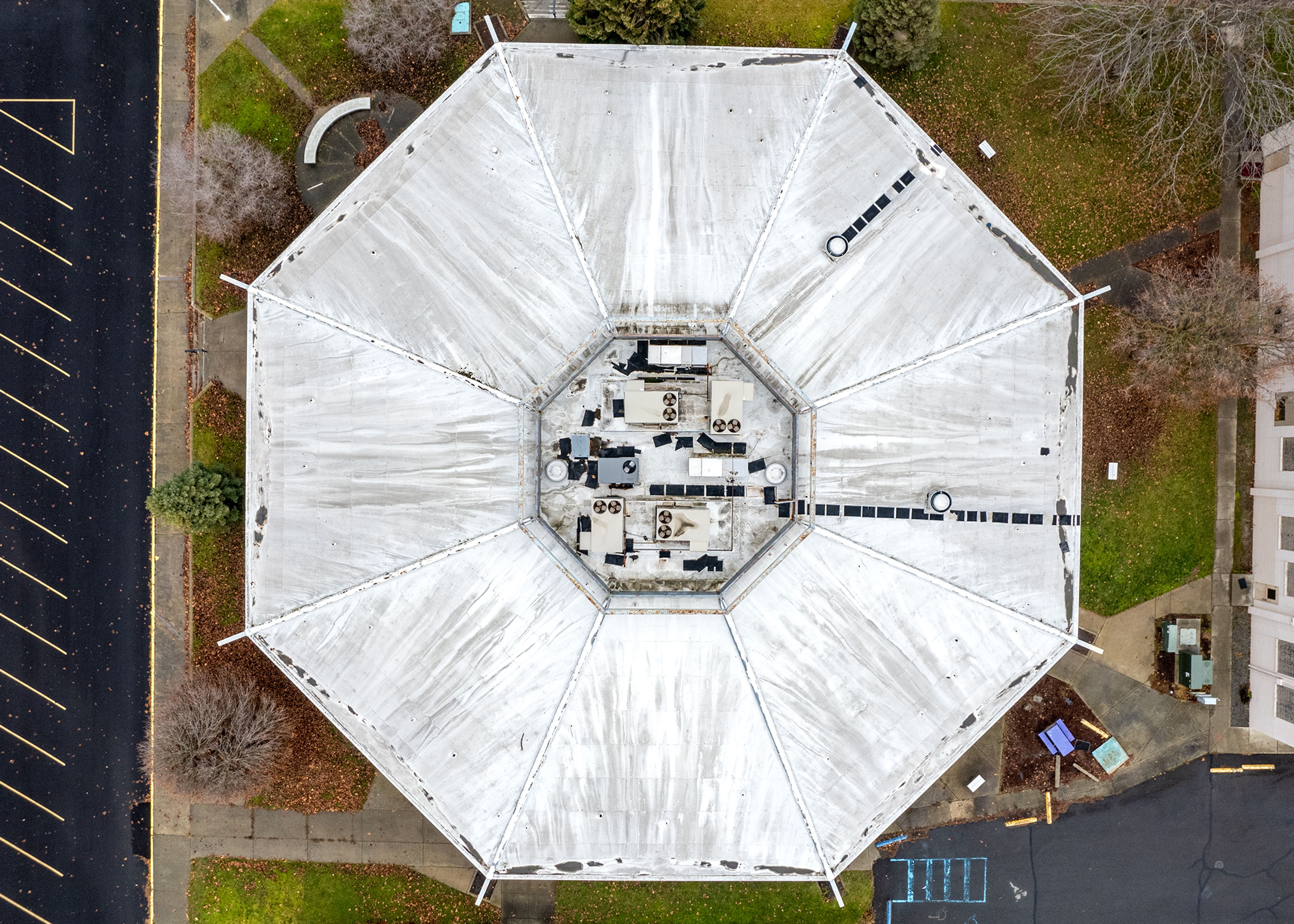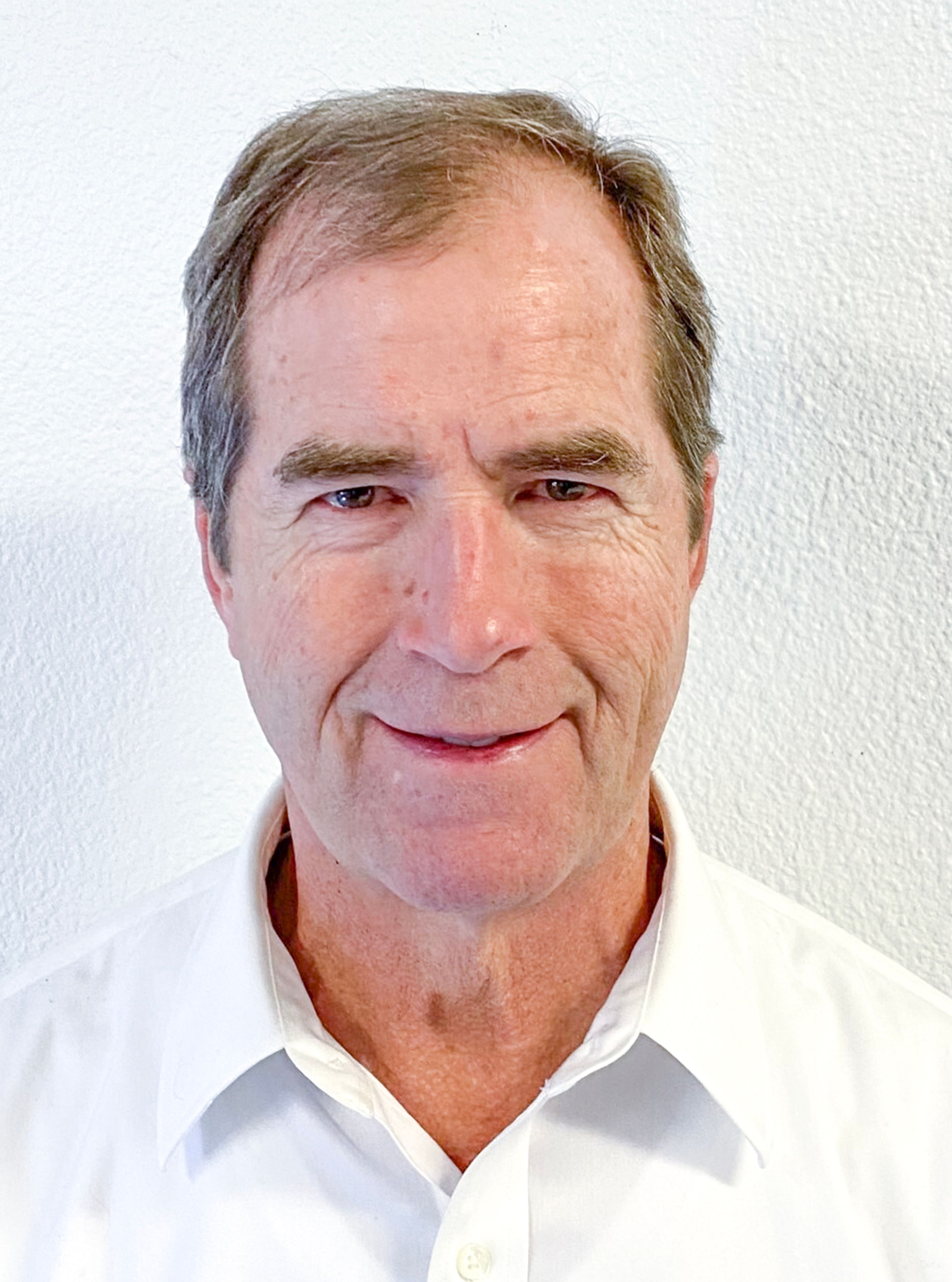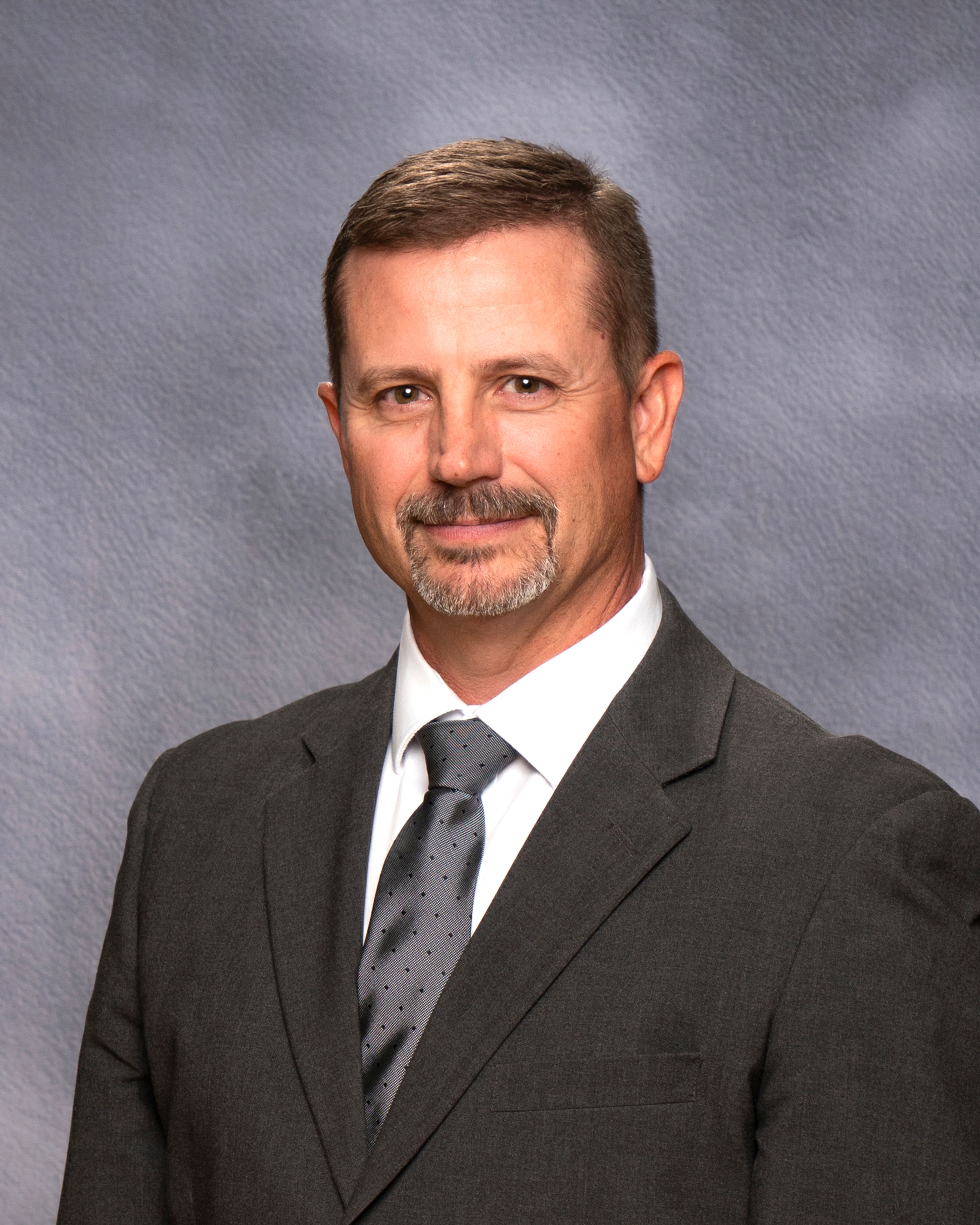An alternative in education
Pinecrest Academy, the first charter school in Lewiston history, is slated for its debut in the fall
Lewiston’s first charter school will provide new opportunities for families seeking a different method of education for their children and changes for those providing that educational experience.
Pinecrest Academy received approval from the Idaho Public Charter School Commission in December to start a K-8 charter school in Lewiston. The tuition-free school will open in August, initially just through fifth grade, and will add a grade every year. The school will be located at the former science building on the campus of the old Lewiston High School at 1212 Ninth Ave.
Enrollment is now open for the 2023-24 school year and is limited to 240 students. The school is open to all Idaho students in the area, not only for Lewiston residents.
Pinecrest Academy is supported by Academica, a charter school network that operates schools across the country. Dave Litster is the executive director of Academica Idaho, which already has schools in Twin Falls and Meridian.
Pinecrest Academy also has a school board, with Anna Wilson as school board president. Other board members include Royal Toy, board vice chairperson; Nathan Hercula, board secretary; Paul Merrill, board treasurer; and Mike Kingsley, board member, who were all part of a group that brought the school to Lewiston.
“I live in Lewiston, I’m not someone from the outside trying to do this,” Wilson said. “Everyone that’s on the school board, we all live here in Lewiston and are excited for the state charter school to be here.”
The charter school will operate outside of the Lewiston School District under its own school board. Members of the board were added through an interview and application process. The board members have staggered terms of three years, four years and five years; when those terms end, the seats will open for election by Nez Perce County residents.
Litster said they want to have a wide range of people represented on the board, from those in the legal, academic, human resource and business fields, as well as parents.
Pinecrest Academy will mostly be funded with state money, with each student who enrolls at the new school bringing state revenue with them rather than to the public school system. It remains to be seen how this shift will affect the Lewiston School District.
STEAM school
Pinecrest Academy will be a STEAM school, which stands for science, technology, engineering, arts and math.
“As a board, we just felt like that would be something this community could really benefit from and could really jump on board with, having Schweitzer Engineering here in town and just the type of industry we have in Lewiston,” Wilson said. “So just to offer families another option, something that’s different from the public schools or private schools.”
Wilson and her husband began a group with the goal of bringing a charter school to the area. There are 52 charter schools in the state of Idaho, according to the Idaho State Department of Education, and most are in southern Idaho in the Boise area. The closest charter schools are located on the Palouse, with the Moscow Charter School and Palouse Prairie Charter School.
The group then started working with Academica and looked into the Pinecrest model this past summer, which focuses on STEM education, but doesn’t include the arts like the one in Lewiston will. Wilson said that the charter school will give families another option for education that’s not public school or private school. The board is also hoping that the STEAM model helps gain interest for those who want to enroll.
The curriculum itself allows for more hands-on learning and cross-curriculum teaching. There will also be a “power hour” where students who are struggling can receive extra help with “intervention,” or students who want something more advanced can receive “enrichment.” However, students will still have to take the state’s standardized test. And because the school is funded by state dollars, it isn’t allowed to have a religious affiliation.
Work to do
Wilson and the board had to go before the Idaho State Public Charter Commission to defend their proposal for the charter to open in the fall. The commission was created in 2004 by the Idaho Legislature, has seven appointed members and is staffed by the State Board of Education, according to the Idaho State Department of Education.
“We’ve been working really hard all summer and this fall just getting ready for that. Now it’s just the process of getting ready to open the school come this next fall,” Wilson said. “We thought that was the hard work; now the hard work really starts.”
The board had been meeting on a weekly basis during October and November to get ready for the presentation before the commission, and is now meeting monthly to prepare for the fall opening.
Wilson said there’s lots of work to be done, like hiring staff such as a principal, teachers and other employees; getting the facility ready; and figuring out transportation and meals.
Wilson has a background as an educator, teaching in the classroom and online, but this experience has given her a new perspective.
“You don’t think about all the small things that go into starting a brand new school,” she said. “There’s just so many details now that we’re working on to be able to open our doors.”
The first step for board members is to hire a principal, which they are actively searching for. Once that decision is made, one of the biggest responsibilities the principal will have is building the rest of the staff.
“Hiring that leadership is going to be really vital to the success of this school — someone that has really bought into the mission and vision of the school and get other people on board as well,” Wilson said. “That’s, I think, the reason we obviously want to get the principal first, and some of the things we’re going to be looking for is someone that can recruit well and is going to be able to put in the work to find the teachers.”
Even though there is a nationwide shortage of educators, Wilson said the board is hoping that, because it’s a new school with a STEAM focus, it will draw people in.
Teachers must have a teaching license from the state, just like any other school in Idaho, and will receive the same pay and benefits. However, because it’s a STEAM school, they are also looking for teachers who are qualified to teach the hands-on curriculum. Teachers at the school can also receive training from other Pinecrest and Academica schools.
One of the smaller but still important details is deciding on the mascot for the school and if a school uniform is required. Litster said that most Pinecrest schools have a uniform requirement Monday through Thursday, with Friday being a spirit day. Although having a uniform can have higher upfront costs, “you’re not having to deal with other stuff that goes on with kids and fashion,” he said. “We just think it promotes a better learning environment.”
Facility
The school already has its facilities secured thanks to a five-year lease it signed with the Boys and Girls Clubs of the Lewis Clark Valley for the use of buildings that were formerly part of the old Lewiston High.
Jon Evans, executive director of the Boys and Girls Club, said that his role with the charter school is as a landlord. Another school, Valley Covenant Christian School, also leases space at the site. Evans said schools are interested in the Boys and Girls Club facilities because they have access to the gym and sports fields, and it’s already zoned for a school.
Litster said that Academica has good relationships with other Boys and Girls Clubs nationwide, so they reached out to the one in Lewiston. The school will use the old science building, the round building east of the main building, and will have access to the gym and old woodshop building. The building has eight classrooms; seven will be used for classes and one will have an office.
“Our intent is to stay there and grow with them. At the end of five years, we’ll kind of see where we go from there, whether that still fits our needs,” Litster said.
Enrollment
The board’s goal is to have 240 students and start with two classes apiece of kindergarten, first grade and second grade, along with one class each of third grade, fourth grade and fifth grade. The maximum number of students would be 25 per class, with a max of 30 students for the higher grades of third, fourth and fifth until additional classes are added to those grades.
The number of teachers hired as well as other support staff, like a special education teacher, will depend on enrollment.
When the charter school was approved in December, Wilson said she had 70 families who were interested. Open enrollment ends March 12 and applications for enrollment can be found at the website pinecrestlewiston.org.
If more students enroll than what the school can handle, then spots will be determined by a lottery. The lottery is a random, computer-generated way to select students so it remains unbiased. But students who are children of board members or teachers will have priority, as well as siblings in a family to keep them together as long as it doesn’t exceed 10% of the student population. There will also be selections for a wait list in case a student ends up not taking their seat.
“There are no restrictions; everyone has the same opportunity,” said Litster, who also mentioned that charter schools don’t limit enrollment to the smartest students. “We have to provide the same service any traditional public school in the state of Idaho provides.”
Funding for the charter school
Litster said the school is funded by the state, which is why it can be tuition-free. Because the school uses state funds, it is only available to students in Idaho, but students who live outside of Lewiston can attend.
The addition of a charter school doesn’t mean the school will have to run a levy, so it won’t affect property taxes, but the school can have fundraisers.
“We pretty much have to operate on a very, very lean budget,” Litster said.
Most of the money will come from enrollment and attendance numbers from the state, like all public schools.
“The money follows the student,” Litster said, so if a student leaves the district to attend the charter school, the state funds for that student will then go to Pinecrest Academy.
“We don’t feel that we’re taking money away (from the district) because it’s giving a parent the choice of where they want to have their child be educated,” he said.
Effect on Lewiston School District
Lewiston School District Superintendent Lance Hansen said it’s too early to determine what the effect of having the charter school in Lewiston will be to the school district. When Pinecrest Academy was being proposed, Hansen said the district was contacted before it was approved, which is a legally required step for charter schools.
The new school could potentially have a significant impact on the school district’s budget. Hansen said that for every 25 students the school district loses, there is approximately $100,000 in revenue loss from the state.
Typically funding is based on average daily attendance, but changes from the COVID-19 pandemic to enrollment-based counting were extended by the legislature for this year. Either way the funds are determined, if the number of students go up or down, it changes the amount the district receives. It also means paying more or less for student services.
“Enrollment is what everything is based on,” Hansen said. “Enrollment volatility can create concerns.”
The fiscal budget for the school district is set in July every year and teacher contracts are signed in May so they can ensure those roles are filled. The budget is based on expected enrollment numbers from the previous year. The school district tries to communicate with families who are moving out of the area, or even internally in Lewiston, to get a clear picture of enrollment in the district.
However, that doesn’t always happen and having changes mid-year is also a possibility, with students entering or leaving the district. Regardless of the number of students, the funding for the year is set.
There are safeguards in place if enrollment numbers increase or decrease significantly after the budget is set. If numbers decrease or increase beyond a certain percentage, the funds can change, but there is a cap and the protections aren’t in place if the numbers drastically change again the next year.
Even with enrollment changes from a new charter school, those students, if they continue with public education, will move on to the high school. Having students start in kindergarten in the school district helps create more predictable numbers in the school system from year to year. It also helps students be more familiar with the curriculum and programs of the district when they reach the high school level.
No matter a student’s previous education, once they reach high school, the experience is always an adjustment, so the district makes sure students are prepared for the transition.
“I just know when those students become ours, which they all do eventually, like at the ninth or 10th grade level, we’re going to welcome them in,” Hansen said.
Although more families have come to Lewiston, it hasn’t experienced a large influx of growth. Many times significant changes in enrollment numbers are caused by large employment companies arriving or leaving the area.
Right now, the number of families entering the district is balanced out by the amount leaving, Hansen said. By the time a student reaches second grade, they tend to stay put in the district.
With the current number of students in the district, there isn’t any school that is at capacity. Hansen said the average class sizes for kindergarten through fifth grade are 23 students to one teacher. The state average is 24 students per teacher.
“As far as growth that would create us to be too full at one school, that is not the case,” Hansen said, and the district doesn’t expect that to change.
One area of funding that likely won’t change is the supplemental levy. Unless numbers drop so much that a school has to close, the supplemental levy funds the cost of operation for buildings like electricity, heating, cooling and water, which still need to be paid for regardless of the number of students.
Even though the charter school could impact the amount of students, teachers and staff at the district, Hansen is confident in the education the district provides and the community support.
“I believe that we are an amazing place to work. I believe that and I think we have amazing schools,” Hansen said. “I know that we’re the choice when it comes to providing the best education for students and the best place to work. If there are other options that people want to pursue, then I think they will need to determine that for themselves.”
Hansen said his priority is providing students in the district with the best education, which he says the district has been doing since before Idaho became a state. He also cited the district’s academic results that speak to the quality of learning, like scores in early childhood reading, and the opportunities the district provides in arts, performing arts, career technical education, STEM activities, gifted and talented programs and resources to students with disabilities. He said the district has the professionals, support and infrastructure to meet the needs of all the students and the expectations of the community.
“My focus is on our students,” Hansen said. “And when they choose us, then we’re going to make sure we’re going to provide the very best for them to make sure they’re learning at high levels, and that’s what we’re doing.”
Response from community
Wilson said that members of the Pinecrest Academy board have been receiving positive feedback from the community. Some have said the charter school will give parents a choice and offer competition to the area to provide the best education.
“I feel like we’ve had a lot of great support from people that have heard about it; I think the challenge has been getting the word out about it,” Wilson said.
The board wasn’t certain the charter school would be approved, so they didn’t want to get people’s hopes up and then have it not happen. Now they are spreading the word through the media and word of mouth from friends and family.
“Generally, we’ve received all really positive feedback. I think people are just excited for another option for their child. It’s something that’s great for our community,” Wilson said. “I don’t think any of us on the board would be a part of this if we didn’t feel like it would be well-received from the community.”
Brewster may be contacted at kbrewster@lmtribune.com or at (208) 848-2297.
